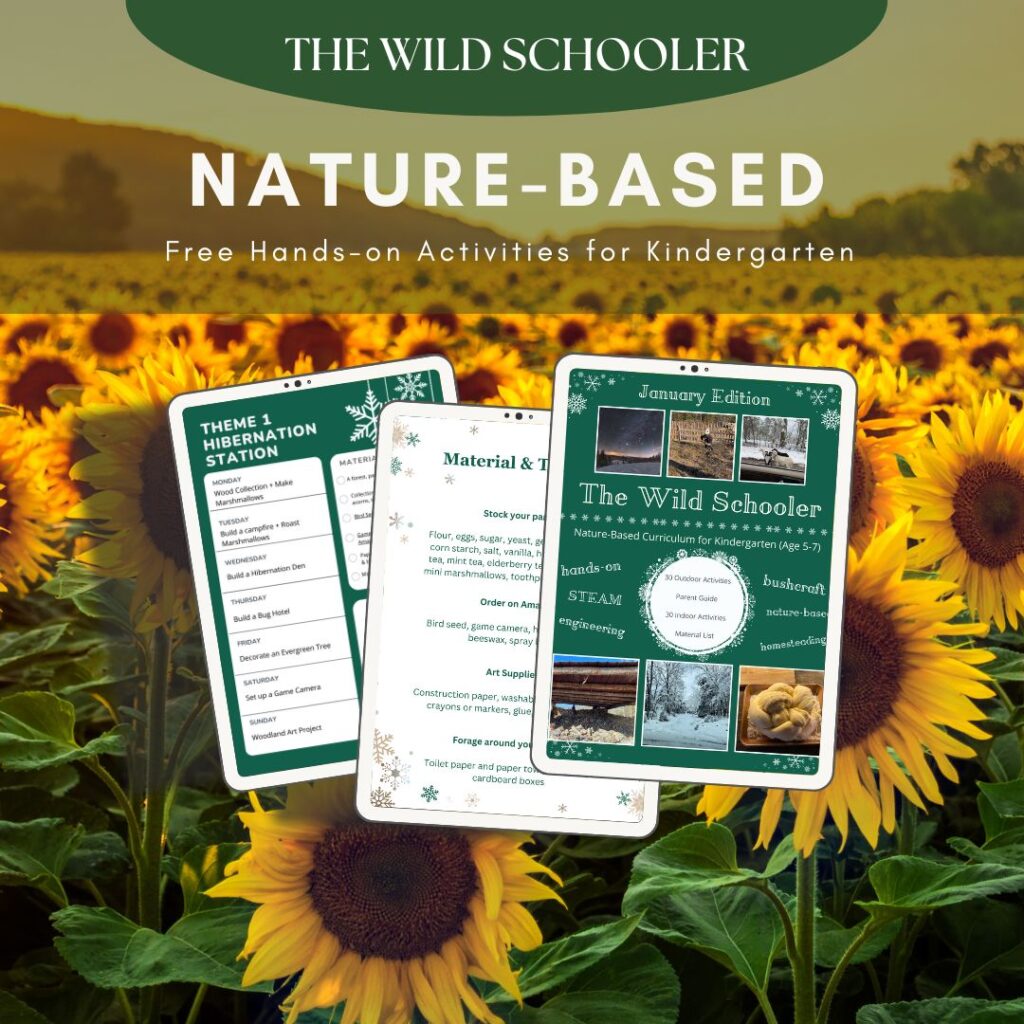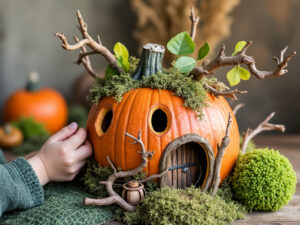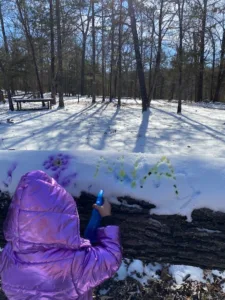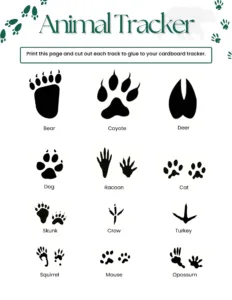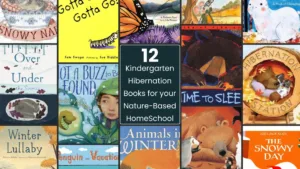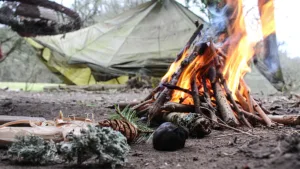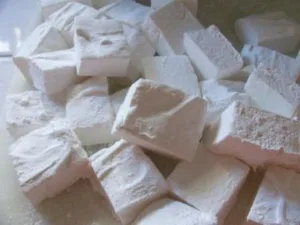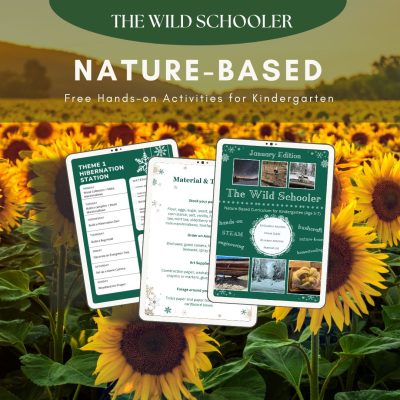Welcome, homeschool parents, to an exciting adventure in nature exploration with your kindergarten-aged kids! In this guide, we’ll dive into the world of animal tracking, fostering a curiosity for the natural wildlife that surrounds your home. Before we jump into the step-by-step activity, let’s briefly explore the significance of animal tracks and how this activity can be both fun and educational for your little ones.
Understanding Animal Tracks
Animal tracks are like nature’s footprints, leaving behind clues about the creatures that inhabit our surroundings. By examining these tracks, scientists can learn about the types of animals present, their size, behavior, and even their health.
Skills Development through Animal Tracking:
Embarking on this animal tracking adventure with your kindergartener goes beyond a fun and creative activity—it’s a holistic learning experience. As your child builds their homemade animal tracker, they will naturally develop skills in various core school subjects. In the realm of science, they’ll sharpen their observation skills, learning about different animals and their habitats. Mathematics comes into play as they measure and cut out the frame for their tracker, enhancing their spatial reasoning. Additionally, this activity nurtures language development through discussions about animal behavior and the role of tracks. The hands-on nature of the project promotes fine motor skills through cutting, gluing, and handling the tracker. This journey into nature instills a sense of curiosity, patience, and resilience in your child—a foundation for a lifelong love of learning and exploration. So, let’s dive into this educational and exciting adventure together!
Activity Overview: Building a Homemade Animal Tracker
Materials Needed:
- Cardboard Box
- Box Cutter
- Ruler
- Scissors
- Popsicle stick or foraged stick from outside
- Glue
- Printed Animal Tracks (Download the printable here)
Prompts for Parents:
Before you embark on this adventure, consider discussing the following prompts with your child to stimulate their curiosity and critical thinking:
- Why do you think animals have different kinds of tracks?
- Before we go outside, what animals do you think we will find tracks from?
- How do animal tracks help scientists learn more about the animals?
Step-by-Step Activity Guide:
Step 1: Prepare the Base
- Take a cardboard box and cut out a 9 x 9 inch square.
Step 2: Create a Frame
- Within the 9 x 9 inch square, measure and cut out a 6 x 6 square, leaving a 3-inch border. This creates a frame with a hole in the center, serving as a “window” to insert real tracks later.
Step 3: Print, Cut and Glue Animal Tracks
- Print out the animal tracks provided in our January Nature Activity Guide printable. Allow your child to cut them out using child-friendly scissors. Have them attach the tracks to the tracker with glue.
If you don’t want to download the entire guide with over 40 activities, you can print just the image of the tracks below.
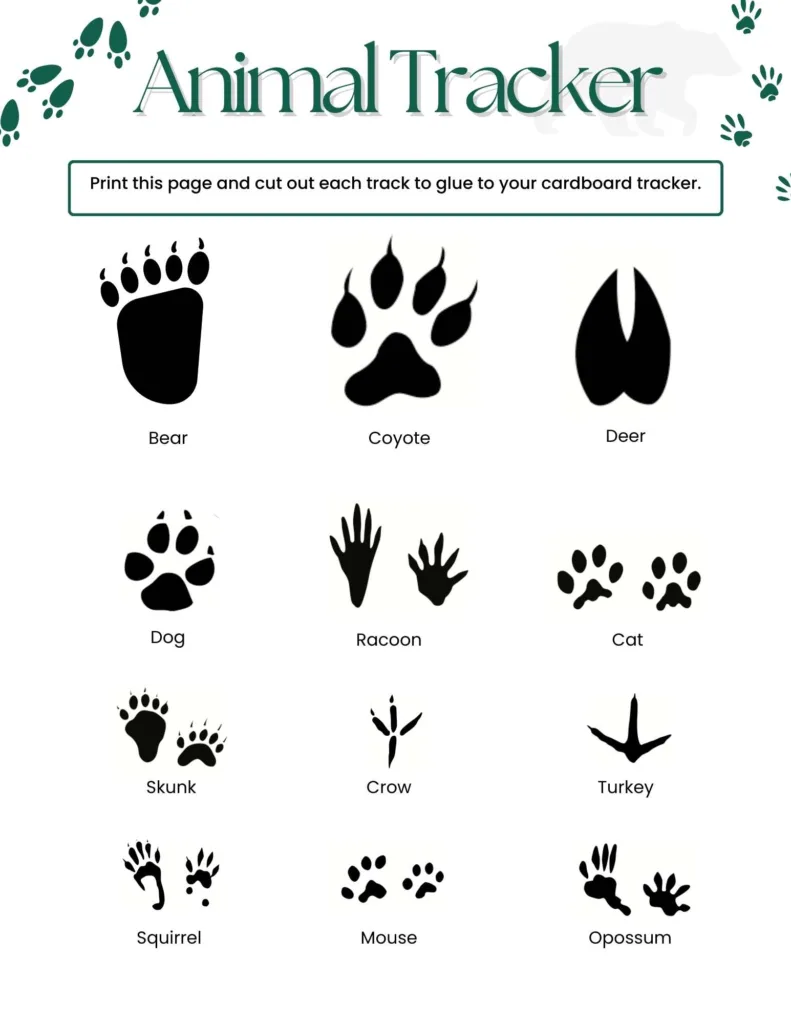
Step 4: Attach a Handle
- Attach a stick to serve as a handle. This can either be a stick found outside or a popsicle stick.
Step 5: Outdoor Exploration
- Head outdoors and look for real animal tracks. Place them in the window hole and use the identifier to match them with the paper tracks.
Outdoor to Indoor Workaround
- If going outdoors is not feasible, print a second set of tracks (without labels). Hide these tracks throughout your house and encourage your child to use their tracker for an indoor scavenger hunt.

